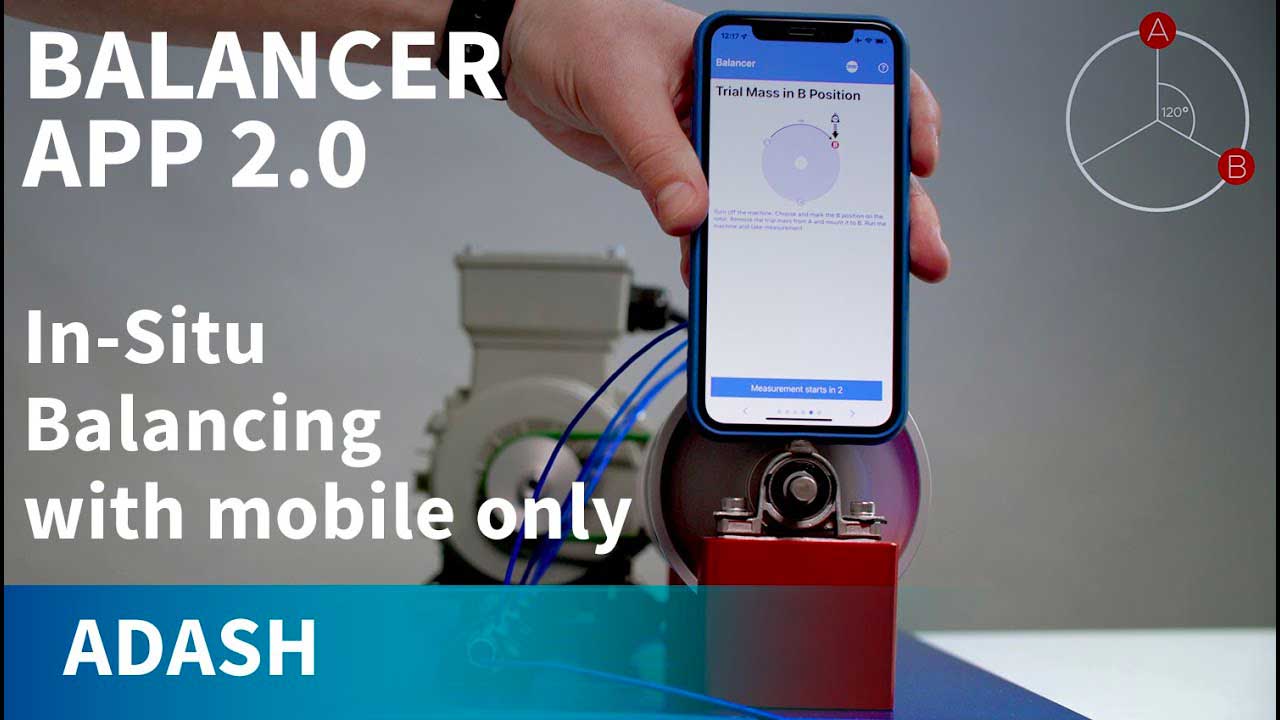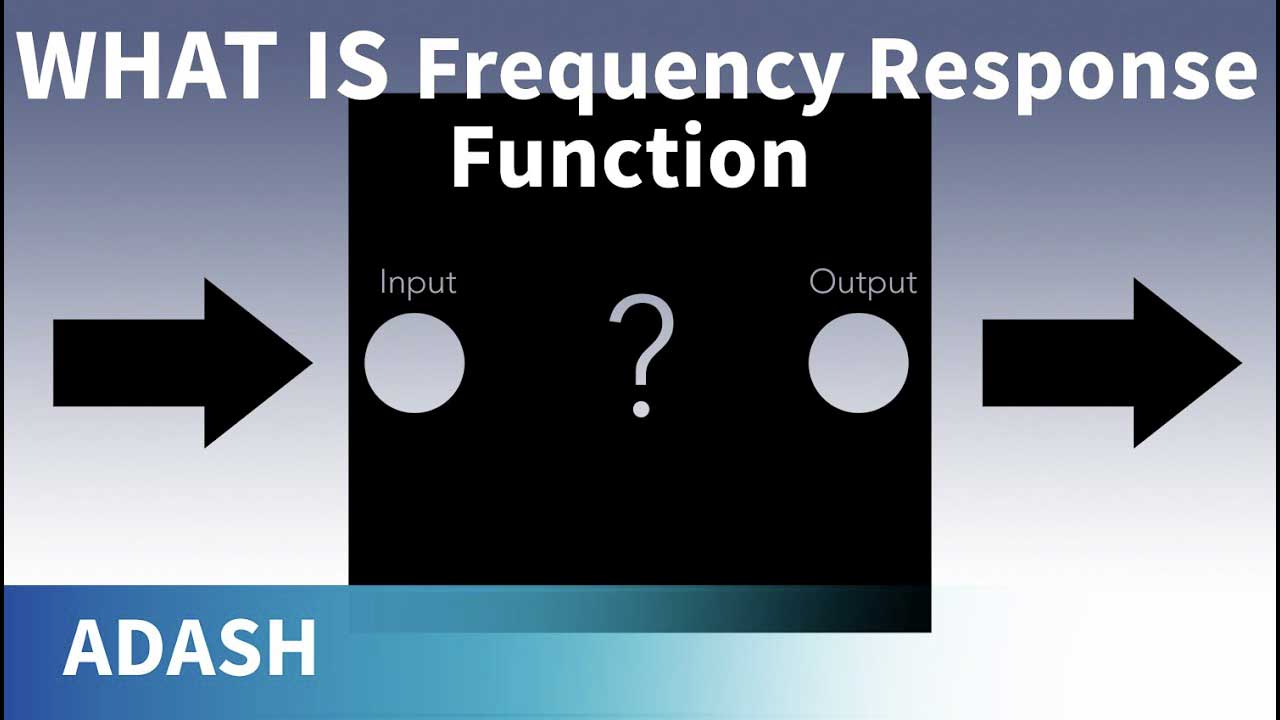Secrets of imbalance 3 - Secrets Revealed
01.11.2021
This video is a summary of Secrets of imbalance part 1 and 2. It should be the short cookbook with step by step instructions and important rules for balancing. It would be better, if you watched previous parts. But if you watch just this part you will get complete description how to find and to use the heavy spot position.
If you balance the rotor, you make the first run and then you mount the trial mass. Usually to the random position.
But it can be danger if you mount it near to the heavy spot position.
In such case the vibrations will increase and it may damage something.
The better approach is to mount the trial mass to the opposite side then the heavy spot is. It decreases vibrations. And you can do it.
After the first run you know the heavy spot position. Watch this video.
Most of people use the accelerometer sensor for measurement. We will use it too in this video.
It is better to keep two things, which make the process simple. The first is to mount the reflective tape to zero degrees position.
Like this.
The second is to keep the same direction of accelerometer and tacho.
This is simple example on grinder.
The base balancing measurement is amplitude and phase on speed frequency.
The Adash instrument uses the amp+phase name for that.
The amplitude is usually in velocity. It means mm/s.
But it can be also in g.
The last available unit is displacement micrometers. But it means two integrations from acceleration. The values can be a little inaccurate. But if you use eddy current sensor, then it is perfect.
In this example we explain how to use numbers from amp+phase measurement. We use just phase value.
It is easy. The displacement phase is equal the heavy spot position. Both are in degrees. From velocity phase we must deduct 90 degrees to get heavy spot position. For acceleration we must deduct 180 degrees.
If we deduct numbers in this example, we get zero from all three measurement.
The zero means, that heavy spot in the same position as reflective tape, because the tape position is zero.
Here is the value equal plus 70 degrees.
If the phase value is plus, then we measure in the same direction as the rotation is. If the value is minus, then we go against rotation. We can see five blades here. The 360 degrees divided by 5 is roughly 70 degrees. It means that the heavy spot is one blade from zero position.
The value is minus, we must go against rotation. The difference between blades is 70 degrees. It means that the heavy spot is two blades from zero position.
Now we return to initial screen. We have the rotor with heavy spot and we know the position.
Now it is easy to mount the trial mass to the opposite side and to decrease the vibration. Of course if the trial mass will be too heavy, then vibration can increase.
And the important information in the end. All mentioned rules work just for rigid rotor, not for flexible rotor.
It means the speed frequency must be lower then first resonance. You can work on higher speed but you must add 180 degrees after each resonance.






